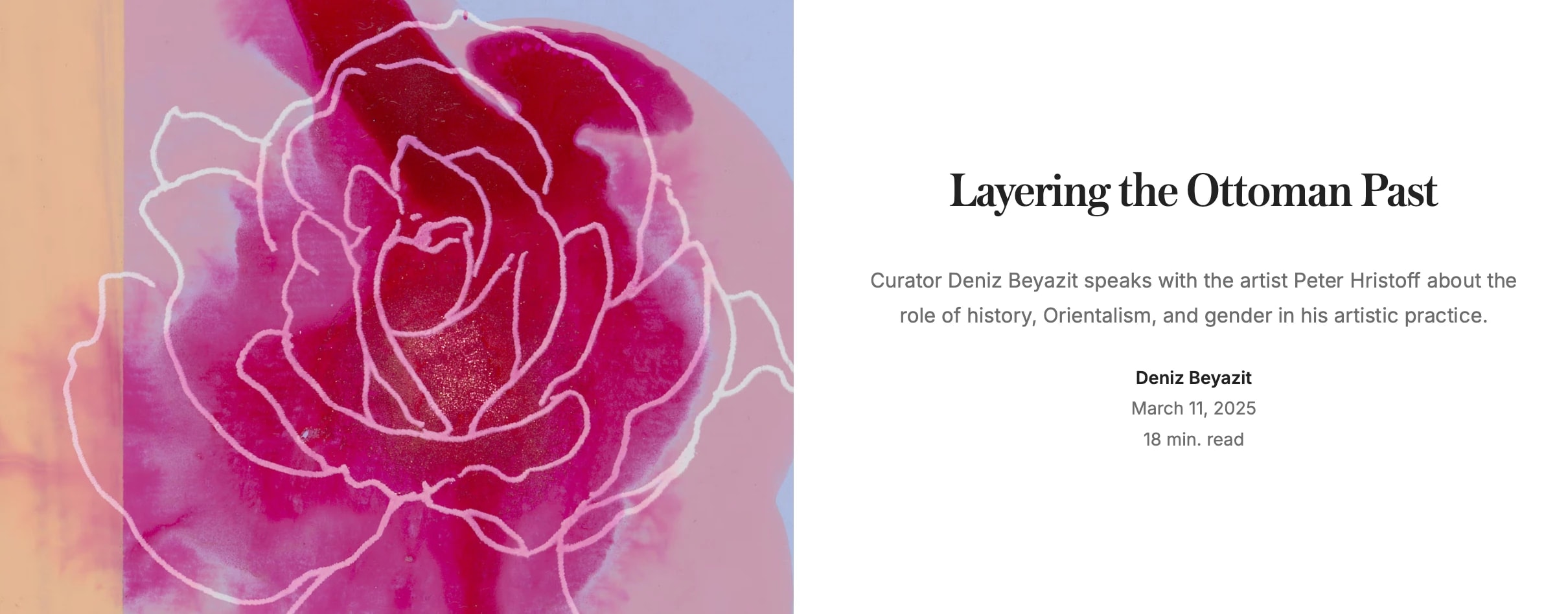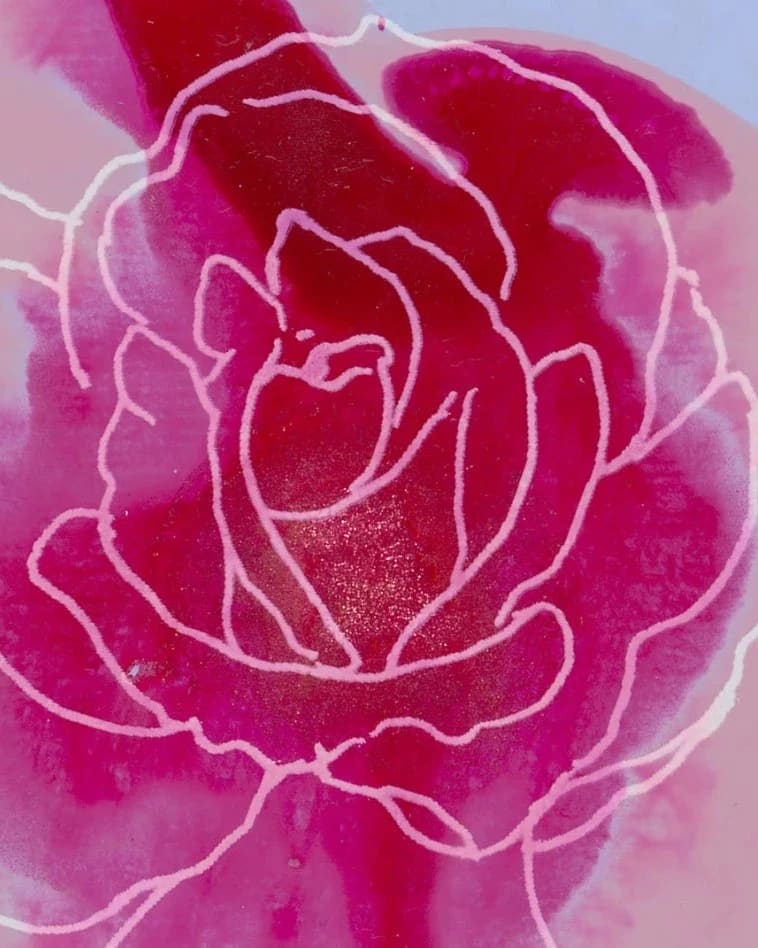Over the past year, Peter Hristoff’s Görgü Kuralları (Bahname) (2007) featured in Dialogues: Modern Artists and the Ottoman Past, an installation of modern and contemporary works in the Koç Family galleries devoted to the arts of the Ottoman world of The Met’s Islamic wing. Highlighting the creative approaches to the Ottoman past pursued by three generations of artists from Turkey and elsewhere, the intervention brought the modern and contemporary works into conversation with their Ottoman forebears, raising questions on past and modern social mores, art, history, and traditions. The dialogues between these modern and historical works bridge gaps of time and space to join a greater, global dialogue of modernity.
Hristoff’s work, contained within a small black box, consists of twenty-five mixed-media folios, layering Chinese rice paper with pages from a “görgü kuralları,” or Ottoman book of etiquette, and symbols inspired by bahname, Ottoman erotic manuals. The result is a fascinating composition of free-flowing arabesques and floral motifs that transform into genitalia and human body parts, a work the artist describes as sensual both in content and form.
Born to Bulgarian parents in Istanbul and currently working in both Turkey and the United States, Hristoff embraces the duality of his Turkish past and American present. His diverse body of work spans media—paintings, prints, works on paper, textiles—and draws on Ottoman history as well as his own queer identity.
Hristoff spoke with Deniz Beyazit, curator in the Department of Islamic Art at The Met, about his influences and techniques, as well as the role of history, Orientalism, and sexuality in his artistic practice.



